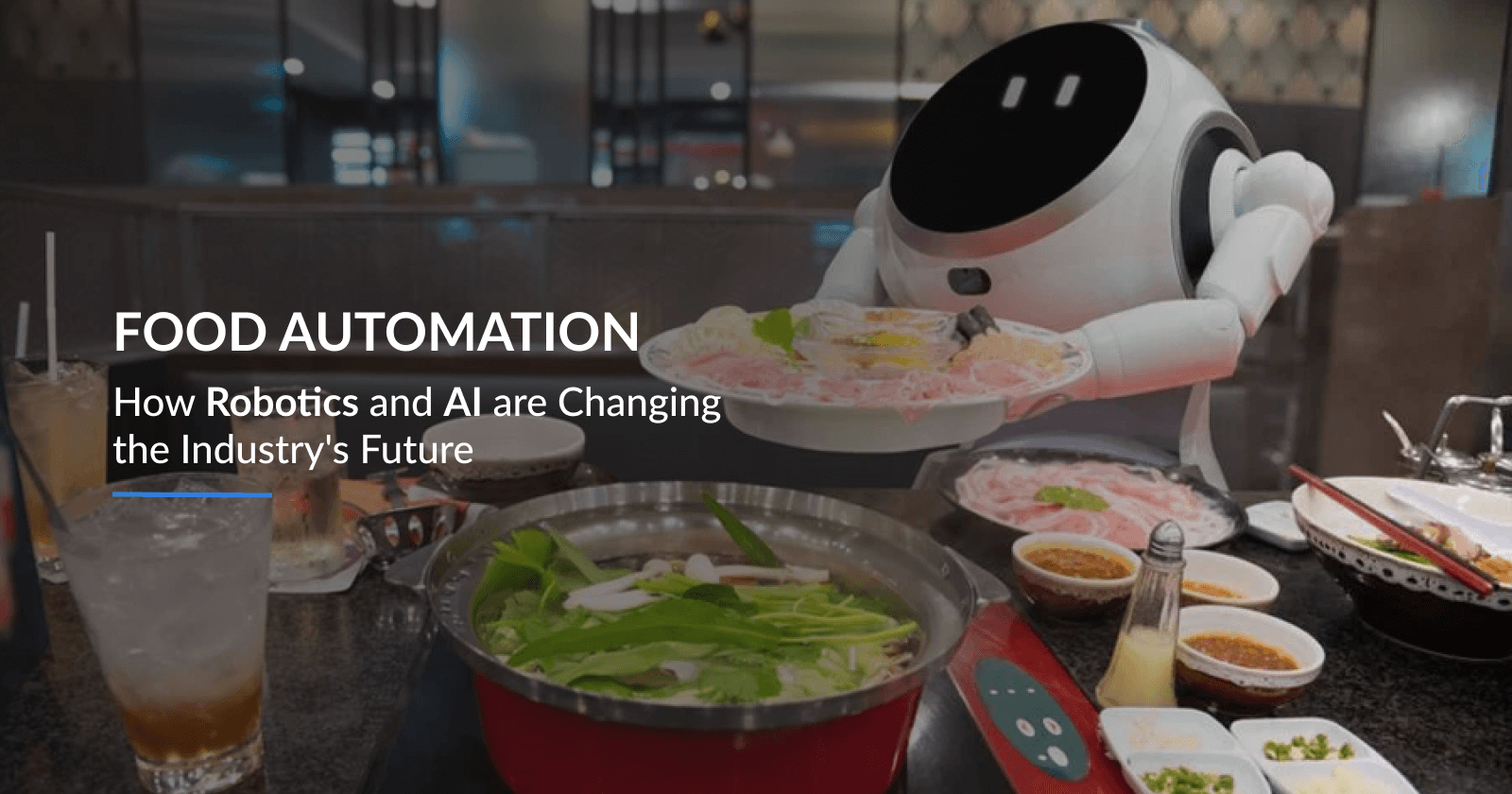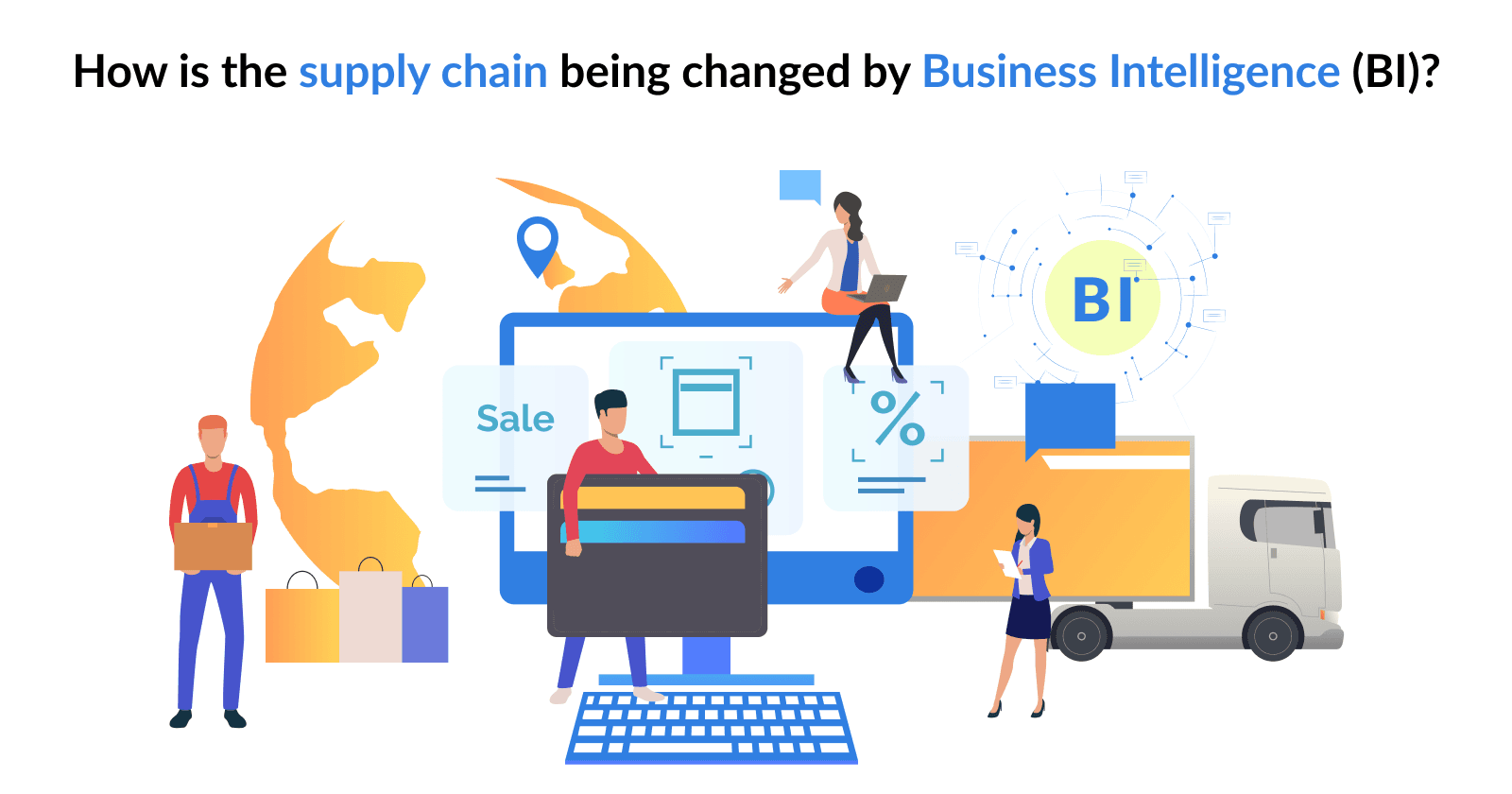Introduction
The logistics industry has undergone a rapid transformation in recent years, thanks to advancements in technology. One area where we have seen significant improvements is in last-mile delivery. With the rise of e-commerce, last-mile delivery has become an essential part of the logistics supply chain.
The logistics industry has undergone a rapid transformation in recent years, thanks to advancements in technology. One area where we have seen significant improvements is in last-mile delivery. With the rise of e-commerce, last-mile delivery has become an essential part of the logistics supply chain.
Last-mile delivery is the final stage of the delivery process, which involves the transportation of goods from a local hub to the final destination.
In this blog post, we will discuss the rise of last-mile delivery technologies, the benefits they bring, the challenges they face, and the opportunities they present.
The Rise of Last-Mile Delivery Technologies
Last-mile delivery technologies have been around for some time, but recent advancements in technology have accelerated their growth. The rise of e-commerce has been a significant driver of last-mile delivery technology.
Consumers today demand faster and more efficient delivery of goods. They want their products to be delivered quickly and at their convenience. Last-mile delivery technologies have made this possible.
One of the most significant technological advancements in last-mile delivery is the use of drones. Drones have become increasingly popular in recent years, thanks to their ability to deliver goods quickly and efficiently. They can navigate congested urban areas with ease and deliver goods to hard-to-reach locations.
Drones can also reduce the cost of last-mile delivery by eliminating the need for delivery vehicles and drivers.
Another technological advancement in last-mile delivery is the use of autonomous vehicles. Autonomous vehicles can deliver goods without the need for human intervention. They can navigate complex road systems and deliver goods to multiple locations simultaneously. Autonomous vehicles can also reduce the cost of last-mile delivery by eliminating the need for drivers.
Last-mile delivery technologies are also utilizing innovative solutions like lockers, which provide a safe and secure delivery location for packages. These lockers can be installed in a variety of locations, such as shopping centers, apartment buildings, and public transportation stations.
They offer convenience for both customers and delivery personnel, reducing the risk of lost packages and failed delivery attempts.
The Benefits of Last-Mile Delivery Technologies
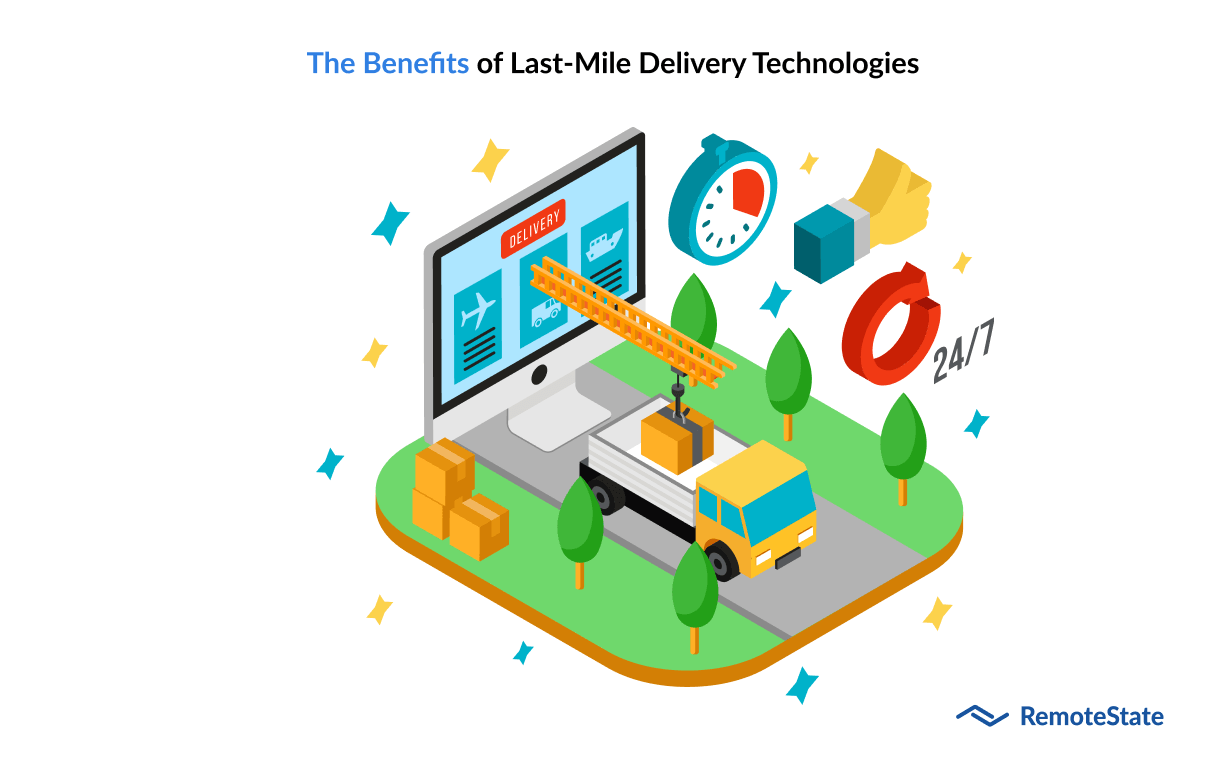
Last-mile delivery technologies offer several benefits to businesses and consumers. These benefits include
Faster Delivery Times
Last-mile delivery technologies can significantly reduce delivery times, allowing businesses to deliver goods to their customers faster than ever before. This can lead to increased customer satisfaction and repeat business.
Increased Efficiency
Last-mile delivery technologies can improve the efficiency of delivery operations, reducing the time and cost involved in delivering goods to customers. This can lead to increased profits for businesses.
Reduced Costs
Last-mile delivery technologies can reduce the cost of delivery by eliminating the need for delivery vehicles and drivers. This can lead to significant cost savings for businesses, allowing them to offer competitive pricing.
Improved Customer Experience
Last-mile delivery technologies can improve the customer experience by offering greater flexibility and convenience in delivery options. Customers can choose when and where they want their goods delivered. This can lead to increased customer loyalty and positive word-of-mouth advertising.
The Challenges of Last-Mile Delivery Technologies
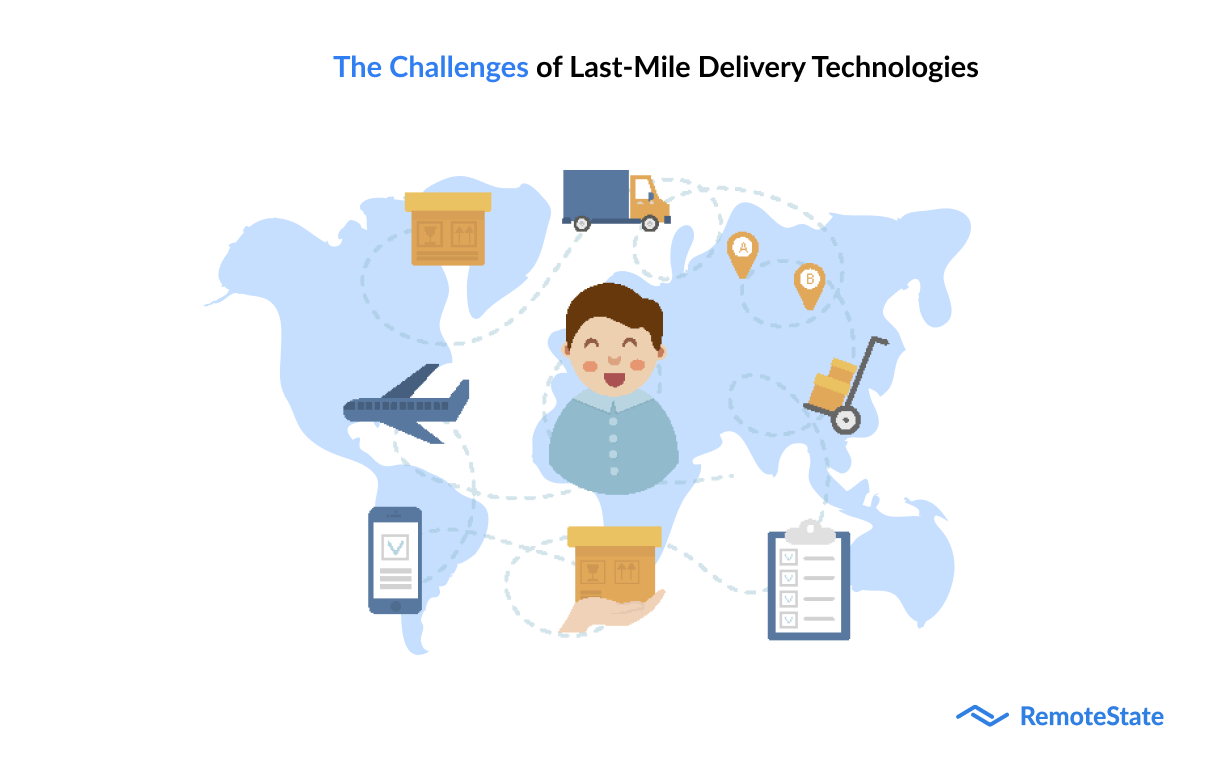
Despite the benefits, last-mile delivery technologies face several challenges. These challenges include
Regulatory Challenges
Last-mile delivery technologies, such as drones and autonomous vehicles, are subject to strict regulations, which can vary by country and state. These regulations can limit the deployment of these technologies, delaying their adoption.
Safety Concerns
Last-mile delivery technologies, such as drones and autonomous vehicles, raise safety concerns. Accidents involving these technologies can result in serious injuries or fatalities. This can lead to negative publicity for businesses and reluctance from customers to use these delivery methods.
Security Concerns
Last-mile delivery technologies, such as drones, can be vulnerable to theft and hacking, posing a risk to the delivery of goods. This can lead to loss of revenue for businesses and damage to their reputation.
Infrastructure Challenges
Last-mile delivery technologies also face infrastructure challenges. For example, lockers require physical installation, which can be costly and time-consuming. Drones and autonomous vehicles require infrastructure, such as charging stations and landing pads.
Building this infrastructure can be challenging and expensive, particularly in densely populated urban areas.
The Opportunities of Last-Mile Delivery Technologies
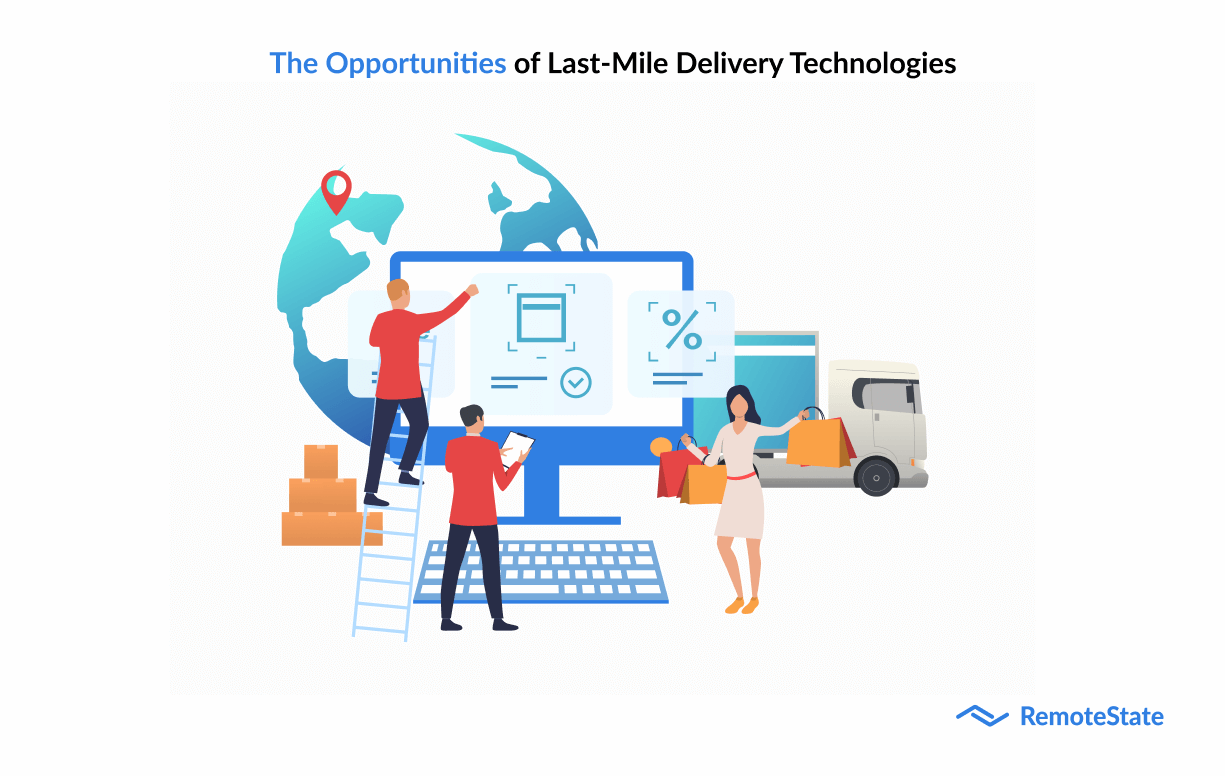
Despite the challenges, last-mile delivery technologies present several opportunities. These opportunities include
New Business Models
Last-mile delivery technologies are enabling new business models, such as on-demand delivery and subscription-based services. These models can create new revenue streams for businesses and increase their market share.
Improved Supply Chain Management
Last-mile delivery technologies can improve supply chain management by providing real-time visibility of delivery operations. This can enable businesses to optimize their operations and reduce costs.
Increased Sustainability
Last-mile delivery technologies can increase sustainability by reducing the carbon footprint of delivery operations. For example, drones and autonomous vehicles can reduce the need for delivery vehicles, which emit greenhouse gases.
Greater Customer Satisfaction
Last-mile delivery technologies can increase customer satisfaction by offering greater flexibility and convenience in delivery options. This can lead to increased loyalty and positive word-of-mouth advertising.
Conclusion
Last-mile delivery technologies are revolutionizing the logistics industry. They offer significant benefits, such as faster delivery times, increased efficiency, and reduced costs. However, they also face challenges, such as regulatory, safety, and security concerns, as well as infrastructure challenges.
Despite these challenges, last-mile delivery technologies present several opportunities, such as new business models, improved supply chain management, increased sustainability, and greater customer satisfaction.
As technology continues to evolve, we can expect last-mile delivery technologies to become even more sophisticated, driving further innovation in the logistics industry.
Stay Ahead in the Last-Mile Delivery with Remotestate's Expert Guidance and Support!
Remotestate can help businesses leverage last-mile delivery technologies by developing custom software solutions tailored to their specific needs and integrating these technologies with existing systems.
In addition to developing custom solutions and integrating technologies with existing systems, Remotestate can also provide ongoing support and maintenance to ensure that these solutions continue to meet the evolving needs of businesses. This can include software updates, bug fixes, and technical support.
Moreover, Remotestate can also assist businesses in navigating regulatory and compliance issues related to last-mile delivery technologies. As these technologies continue to evolve, regulations and compliance requirements are also likely to change. Remotestate can help businesses stay up-to-date with these changes and ensure that their operations remain compliant.
Overall, Remotestate has the expertise and experience to help businesses take advantage of last-mile delivery technologies and stay ahead of the curve in an increasingly competitive marketplace.
FAQs
What is last-mile delivery?
Last-mile delivery is the final stage of the delivery process, which involves the transportation of goods from a local hub to the final destination.
What are some examples of last-mile delivery technologies?
Some examples of last-mile delivery technologies include drones, autonomous vehicles, and lockers.
What are the benefits of last-mile delivery technologies?
The benefits of last-mile delivery technologies include faster delivery times, increased efficiency, reduced costs, and improved customer experience.
What are the challenges of last-mile delivery technologies?
The challenges of last-mile delivery technologies include regulatory challenges, safety concerns, security concerns, and infrastructure challenges.
What are the opportunities of last-mile delivery technologies?
The opportunities of last-mile delivery technologies include new business models, improved supply chain management, increased sustainability, and greater customer satisfaction.
Publication Date
2023-05-18
Category
Logistics
Author Name
Sajal Nehra
